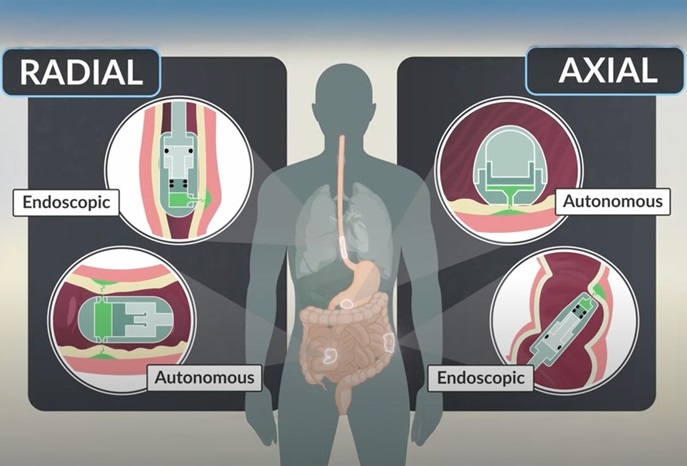Methane, Hydrogen Breath Test Links Bacteria to Obesity
By HospiMedica International staff writers
Posted on 08 Apr 2013
A new study suggests that people with high levels of both hydrogen and methane in their breath are more likely to have a higher body mass index (BMI) and a higher proportion of body fat.Posted on 08 Apr 2013
Researchers at Cedars-Sinai Medical Center (Los Angeles, CA, USA) conducted a prospective study involving 792 consecutive subjects who presented for breath testing. The objective of the study was to characterize the relationship between colonization with the hydrogen requiring methanogen Methanobrevibacter smithii, BMI, and percent body fat. The researchers identified found four breath patterns; normal breath (N), breath containing higher levels of methane (M+), breath containing higher levels of hydrogen (H+), or breath containing higher levels of both gases (M+H+).
The results showed that after controlling for age as a confounding variable, the M+H+ participants had significantly higher median BMI than other groups (N: 24.1 kg/m2; H+: 24.2 kg/m2; M+: 24.0 kg/m2; M+/H+: 26.5 kg/m2) and also had significantly mean higher percent body fat (N: 28.3%; H+: 27.5%; M+: 28%; M+/H+; 34.1%). The study was published on March 26, 2013, In the Journal of Clinical Endocrinology & Metabolism.
“This is the first large-scale human study to show an association between gas production and body weight,” said lead author Ruchi Mathur, MD, and colleagues of the division of endocrinology. “We are only beginning to understand the incredibly complex communities that live inside of us. If we can understand how they affect our metabolism, we may be able to work with these microscopic communities to positively impact our health.”
M. smithii is responsible for most of the methane produced in the human gut, and is considered beneficial because it helps hydrogen-producing bacteria extract energy and nutrients from food. But if M. smithii is overabundant, the bacteria become even more efficient, extracting more nutrients and calories from food, thus altering the energy balance so as to make the person more likely to put on weight.
Related Links:
Cedars-Sinai Medical Center














